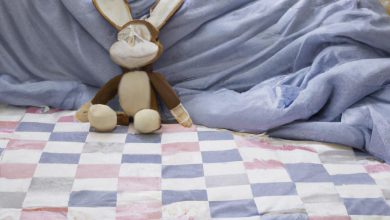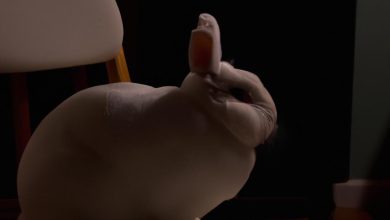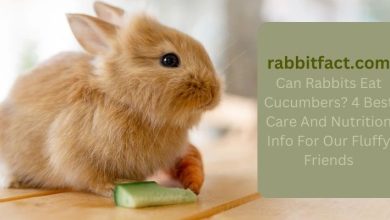Rabbit Hair Under Microscope: A Fascinating Study
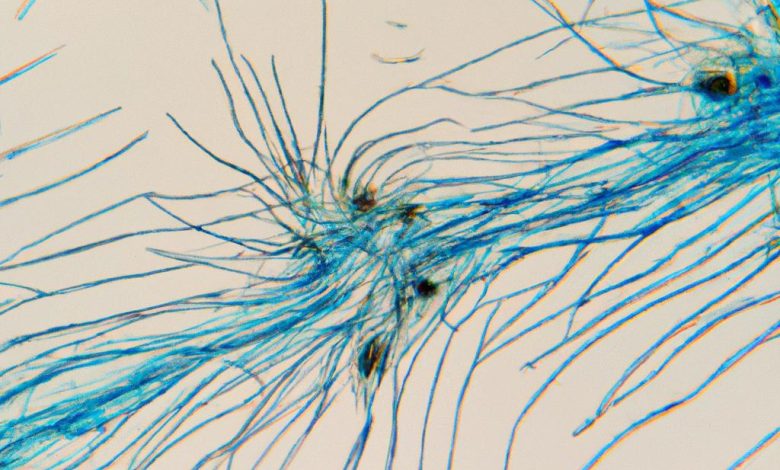
Have you ever wondered about the tiny details of rabbit hair? Did you know that there’s more to rabbit hair than just its softness? In this article, Rabbitfact‘ll explore the world of rabbit hair under a microscope and uncover the hidden secrets of this versatile material.
Rabbit hair has been used for centuries in various industries, from fashion to medicine. It’s known for its durability, softness, and warmth, making it a popular choice for many products. But what makes rabbit hair so special? The answer lies in studying it under a microscope.
By examining rabbit hair under a microscope, we can understand its structure and composition better. We can identify any abnormalities or defects in the hair, which can affect its quality and durability. This knowledge is crucial for various industries that rely on rabbit hair, such as fashion and textiles.
Moreover, studying rabbit hair under a microscope can also help us determine its potential uses in other fields, such as science and medicine. Researchers have been exploring the medical benefits of rabbit hair, and its use in scientific experiments and studies is increasing.
In this article, we’ll delve deeper into the world of rabbit hair under a microscope and explore its anatomy, benefits, and uses in various industries. Join me as we uncover the fascinating world of rabbit hair.
Anatomy of Rabbit Hair
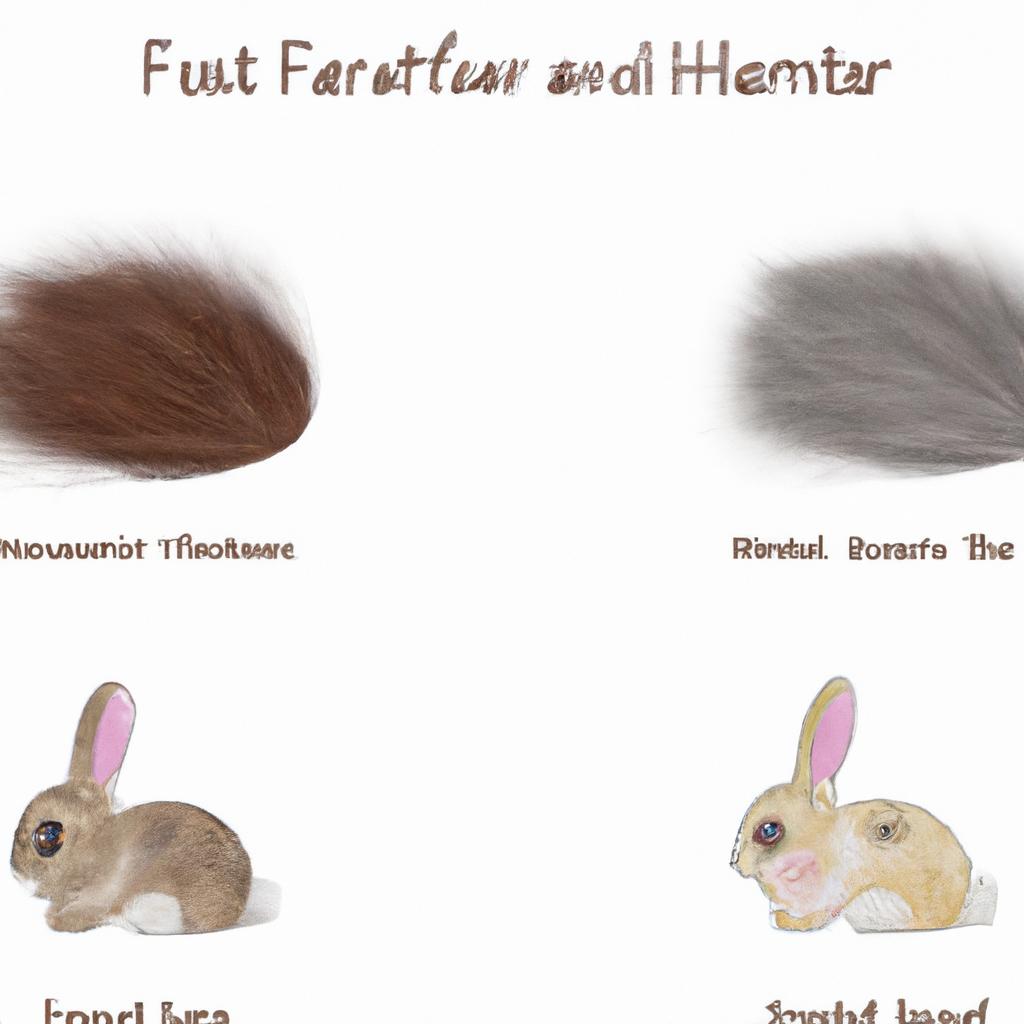
Rabbit hair is a unique material that has been used in various industries for centuries. But what makes rabbit hair so special? To understand this, let’s take a closer look at the anatomy of rabbit hair under a microscope.
Structure of a Rabbit Hair
Rabbit hair is made up of three layers: the medulla, cortex, and cuticle. The medulla is the innermost layer and is composed of cells that contain air spaces. The cortex is the middle layer and is composed of cells that give the hair its strength and color. The cuticle is the outermost layer and is made up of overlapping scales that protect the hair.
When viewed under a microscope, rabbit hair appears cylindrical in shape, with a series of scales running along the length of the hair. These scales give the hair its distinctive texture and help it retain warmth.
Comparison to Other Animal Hair
Rabbit hair is often compared to other types of animal hair, such as sheep’s wool and alpaca hair. While these materials share some similarities, there are also significant differences. For example, sheep’s wool has a thicker cortex than rabbit hair, which makes it more durable but less soft. Alpaca hair, on the other hand, has a smoother surface than rabbit hair, which makes it less prone to tangling.
Different Parts of a Rabbit Hair
Each rabbit hair is made up of several parts that work together to create the material’s unique properties. The shaft is the main part of the hair and is composed of the medulla, cortex, and cuticle layers. The root is the part of the hair that is embedded in the skin, while the tip is the furthest point from the root.
By understanding the different parts of a rabbit hair, we can better appreciate its unique properties and potential uses in various industries.
Benefits of Studying Rabbit Hair Under Microscope
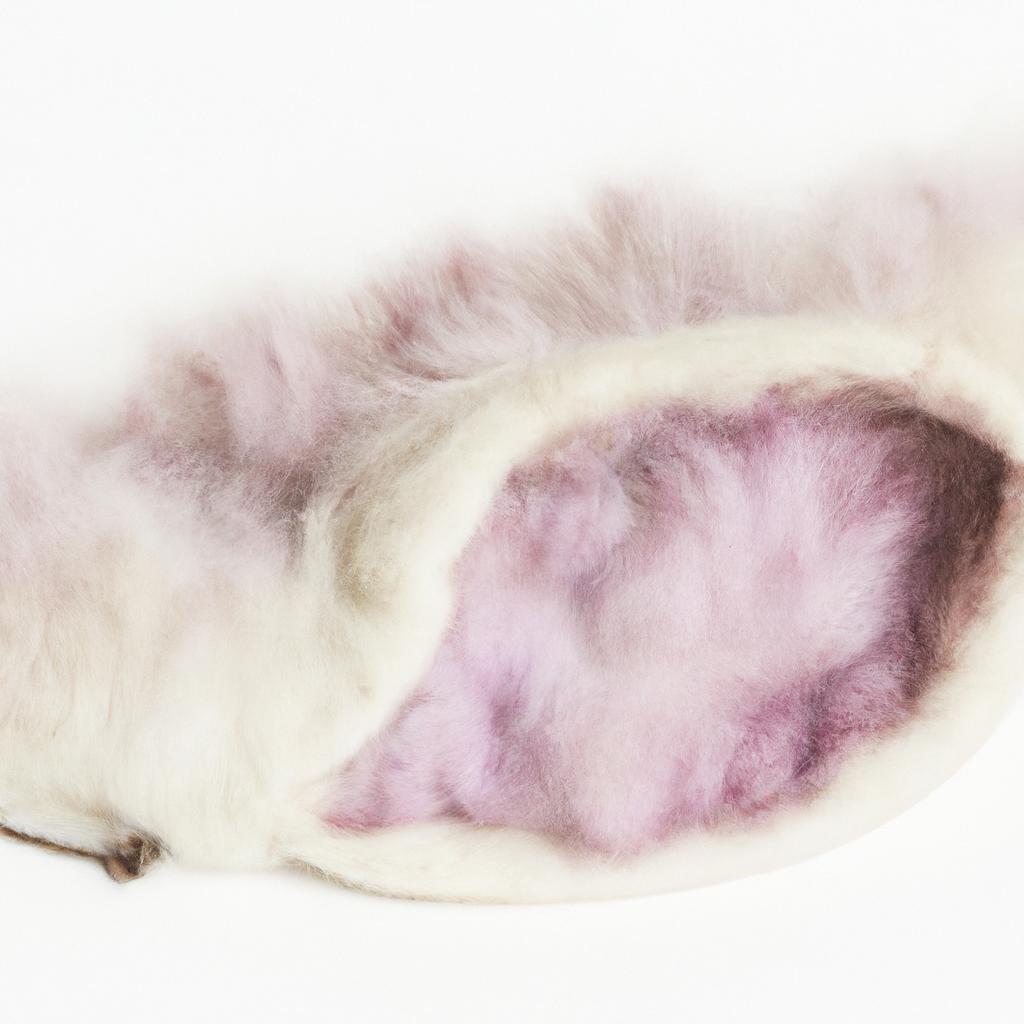
Rabbit hair is a versatile material that has been used for centuries in various industries, from fashion to medicine. However, to ensure its quality and durability, it’s essential to study it under a microscope. Here are some benefits of studying rabbit hair under a microscope:
Understanding the Quality and Durability of Rabbit Hair
By examining rabbit hair under a microscope, we can understand the quality and durability of the hair better. We can identify any defects or abnormalities in the hair, such as breakage or thinning. This knowledge is crucial for industries that rely on rabbit hair, such as fashion and textiles, as it helps them produce high-quality products.
Identifying Any Abnormalities or Defects in Rabbit Hair
Rabbit hair can be prone to defects or abnormalities due to various factors, such as genetics or environmental conditions. By studying it under a microscope, we can identify any defects or abnormalities in the hair. This knowledge is essential for industries that rely on rabbit hair, such as medicine, as it helps them identify potential health risks associated with the hair.
Determining the Potential Uses of Rabbit Hair in Various Industries
Studying rabbit hair under a microscope can also help us determine its potential uses in various industries. For example, researchers have been exploring the medical benefits of rabbit hair, such as its use in wound healing and drug delivery. Additionally, rabbit hair has unique properties that make it an ideal material for certain products, such as hats and blankets.
In conclusion, studying rabbit hair under a microscope is crucial for understanding its quality, identifying any defects or abnormalities, and determining its potential uses in various industries. By uncovering the hidden secrets of rabbit hair, we can explore its full potential and use it to create innovative products that meet our needs.
Rabbit Hair in Fashion and Textiles
Rabbit hair has a long history in the fashion and textiles industry. Its softness, warmth, and durability make it an ideal material for various products such as sweaters, scarves, and hats. Let’s take a closer look at the history of rabbit hair in the fashion industry, its importance, and some of its unique properties.
History of Rabbit Hair in Fashion and Textiles Industry
Rabbit hair has been used for centuries in the textile industry. The ancient Greeks and Romans used it to weave shawls and blankets. However, it wasn’t until the 16th century that rabbit hair became widely used in Europe. Flemish weavers discovered that the soft, warm hair of the Angora rabbit was ideal for producing high-quality fabrics.
By the 19th century, rabbit hair was a popular material in the fashion industry. The Victorians loved the softness and warmth of rabbit hair, and it became a symbol of luxury and status. Rabbit fur was also used for trimmings, collars, and cuffs on clothing.
Importance of Rabbit Hair in Producing High-Quality Fabrics
Rabbit hair is an essential material in producing high-quality fabrics. Its softness, warmth, and durability make it an ideal material for various garments that require insulation. Rabbit hair blends well with other fibers such as wool, silk, and cashmere, producing fabrics that are soft, lightweight, and warm.
Moreover, rabbit hair fabrics are hypoallergenic, making them ideal for people with sensitive skin. These fabrics are also breathable, allowing air to circulate, which is essential for regulating body temperature.
Examples of Rabbit Hair Fabrics and Their Unique Properties
Rabbit hair fabrics come in various types, each with its unique properties. For example, Angora wool is a soft and fluffy fabric that’s perfect for sweaters and cardigans. Cashmere and rabbit hair blends produce a luxurious fabric that’s soft, warm, and lightweight.
Another type of rabbit hair fabric is called “lapin,” which is made from the hair of the French Angora rabbit. Lapin is a dense, plush fabric that’s ideal for coats and jackets. It’s also water-resistant, making it perfect for outdoor wear.
In conclusion, rabbit hair has been an essential material in the fashion and textiles industry for centuries. Its softness, warmth, and durability make it ideal for various products, and its unique properties make it a popular choice for high-quality fabrics.
Rabbit Hair in Science and Medicine
Rabbit hair is not just limited to fashion and textiles, but it also has potential benefits in the field of science and medicine. Researchers have been studying the medical benefits of rabbit hair, and its use in scientific experiments and studies is increasing. Let’s explore some of the ways rabbit hair is being used in science and medicine.
Research on the Medical Benefits of Rabbit Hair
Research shows that rabbit hair has several medical benefits. One of the most promising areas of research is in wound healing. Rabbit hair has been found to be effective in promoting the healing of wounds and preventing infections. It has also been shown to have antimicrobial properties, which can help fight against bacterial infections.
Moreover, rabbit hair is being studied for its potential use in drug delivery. Researchers are exploring ways to use rabbit hair as a carrier for drugs, which can be delivered directly to the affected area. This can help reduce the side effects of drugs and improve their efficacy.
Use of Rabbit Hair in Scientific Experiments and Studies
Rabbit hair is also being used in various scientific experiments and studies. Its unique properties, such as its durability and flexibility, make it an ideal material for research. For example, researchers have used rabbit hair to study the effects of various chemicals on hair growth and development.
Moreover, rabbit hair is being used in forensic science to determine the time of death of a person. The hair’s growth rate can provide valuable information about how long a person has been deceased.
Potential Future Applications of Rabbit Hair in Science and Medicine
The potential uses of rabbit hair in science and medicine are vast. Some of the future applications of rabbit hair include the development of new wound dressings, drug delivery systems, and even artificial organs. Researchers are exploring ways to use rabbit hair to create artificial skin, which can be used in the treatment of burns and other skin injuries.
In conclusion, rabbit hair has several potential benefits in the field of science and medicine. Its unique properties make it a valuable material for research, and its potential uses are vast. As research in this field continues, we can expect to see more exciting developments in the use of rabbit hair in science and medicine.
Conclusion
In conclusion, studying rabbit hair under a microscope is a fascinating and important study that can reveal valuable insights into this versatile material. By understanding its structure and composition, we can identify any defects or abnormalities that may affect its quality and durability. This knowledge is crucial for various industries that rely on rabbit hair, such as fashion and textiles.
We’ve explored the history of rabbit hair in the fashion and textiles industry, its use in science and medicine, and the potential future applications of rabbit hair in these fields. We hope this article has given you a better understanding of the importance of studying rabbit hair under a microscope.
At rabbitfact.com, we’re dedicated to providing accurate and up-to-date information on rabbits and their various uses. We believe that by sharing our knowledge, we can help others appreciate these amazing animals and their unique qualities.
Thank you for joining us on this journey through the world of rabbit hair. We hope you’ve enjoyed learning about this fascinating material and its many uses. Stay tuned for more exciting articles on rabbitfact.com!
Conclusion: So above is the Rabbit Hair Under Microscope: A Fascinating Study article. Hopefully with this article you can help you in life, always follow and read our good articles on the website: rabbitfact.com

